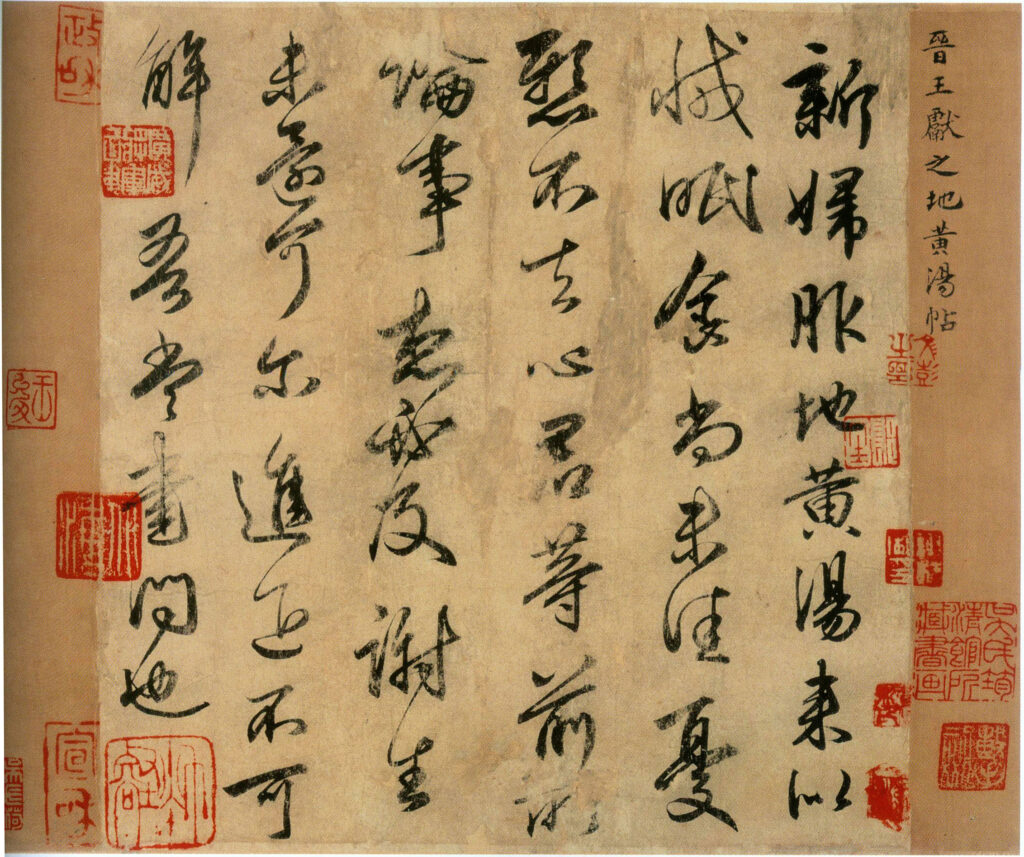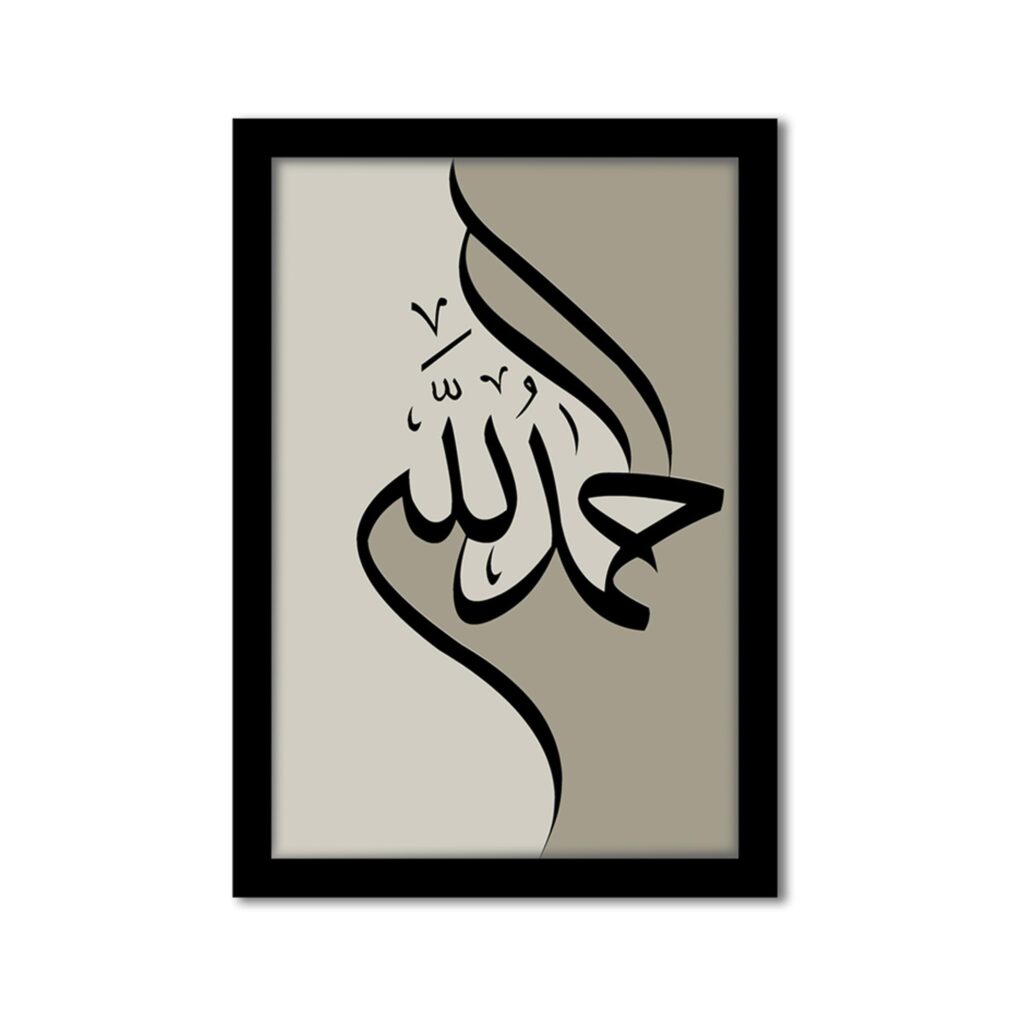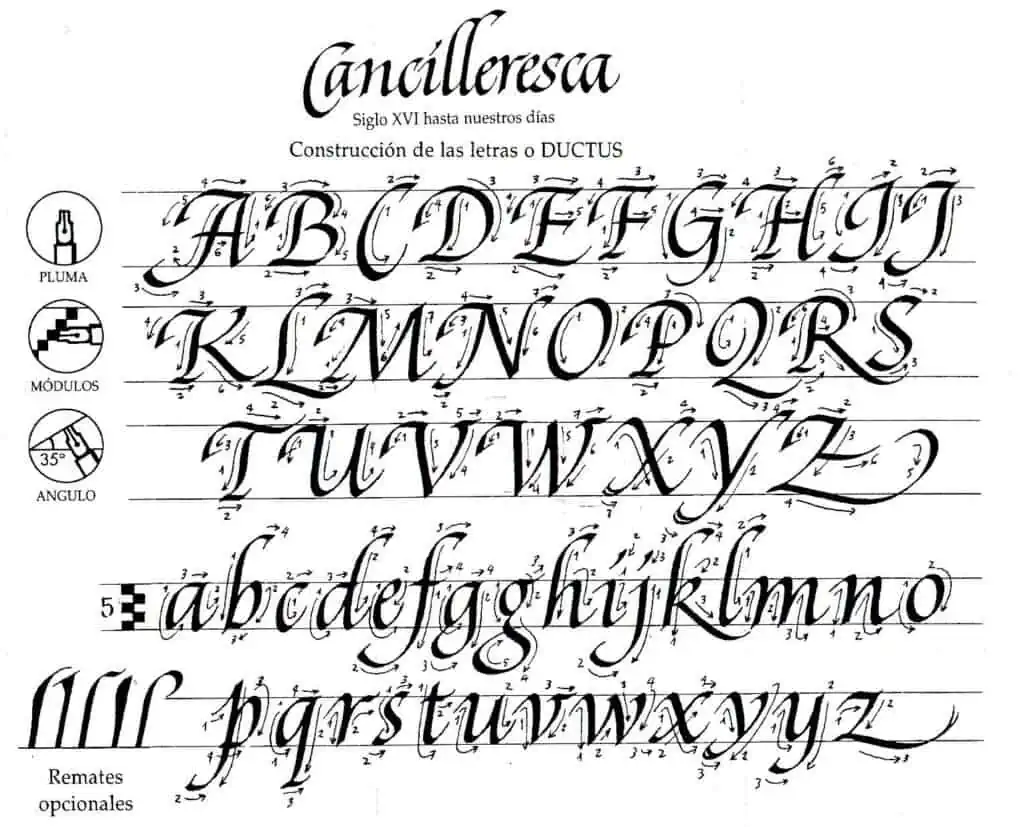Calligraphy is not just handwriting—it is an art form that transforms letters into graceful and meaningful designs. Each stroke adds rhythm, harmony, and expression. From ancient times to modern design studios, this creative practice has always held a special place in human culture.
What is Calligraphy Art?
The word calligraphy comes from the Greek terms kallos (beauty) and graphein (to write). Unlike regular handwriting, which is about speed and clarity, calligraphy focuses on beauty and presentation. Every line, curve, and letter is carefully crafted to create visual balance.
Today, calligraphy is everywhere. It appears in wedding invitations, product packaging, tattoos, book covers, and even digital graphics. This variety proves that the art form is not only traditional but also remarkably adaptable in the modern age.
A Journey Through History
Calligraphy has a rich and fascinating history across cultures.
- Western Calligraphy began in Roman times and later flourished in medieval Europe with illuminated manuscripts.
- Arabic Calligraphy developed as a sacred art. It often appeared in mosques and religious texts, combining elegance with spirituality.
- East Asian Calligraphy in China, Japan, and Korea emphasized brush and ink techniques. Moreover, it connected closely to philosophy and meditation.



Therefore, each tradition contributed not only to artistic development but also to cultural identity.
Styles of Calligraphy Art
There are many types of calligraphy, each with its own personality and purpose.
- Modern Calligraphy – Creative and free-flowing, often used in social media content and personal projects.
- Gothic & Blackletter – Bold and dramatic, inspired by medieval scripts.
- Copperplate & Spencerian – Elegant, cursive-style scripts found in formal documents and luxury invitations.
- Brush Calligraphy – Expressive strokes made with brushes or brush pens, popular in both traditional and DIY projects.
In addition, these styles give artists freedom to choose between structure, elegance, or creativity.
Why Calligraphy Art Still Matters
In a world dominated by digital screens, calligraphy continues to thrive.
Firstly, it encourages mindfulness and works like meditation for many people. Secondly, it promotes creativity, allowing artists to express emotions through lettering. Finally, it has many practical uses—brands, designers, and event planners often prefer calligraphy for a unique touch.
As a result, calligraphy can be both a relaxing hobby and a profitable career.
Tools for Beginners
Starting calligraphy does not require expensive supplies.
Most beginners only need pens (dip pens, fountain pens, or brush pens), smooth paper, and ink. Brush pens are often recommended because they are easier to control. After some practice, learners can explore dip pens for more advanced techniques.
In addition, using rulers and guidelines helps maintain proper spacing and balance. With time, your strokes will become more natural and fluid.
Calligraphy in the Digital Age
Technology has given calligraphy new life. Digital tablets, styluses, and apps like Procreate make it possible to blend traditional techniques with modern design.
Moreover, social media platforms such as Instagram, Pinterest, and TikTok have fueled its popularity. They are full of tutorials, time-lapse videos, and digital lettering art that inspire millions. Consequently, calligraphy has attracted younger audiences and continues to grow as a global trend.
Final Thoughts
Calligraphy is timeless. It is more than writing—it is an art that connects cultures, generations, and creativity. Whether you admire the boldness of Gothic, the elegance of Copperplate, or the playfulness of modern calligraphy, there is a style for everyone.
As a hobby, it provides relaxation and focus. As a profession, it opens opportunities in branding, design, and digital art. Ultimately, calligraphy will always turn words into works of beauty.

Leave a Reply